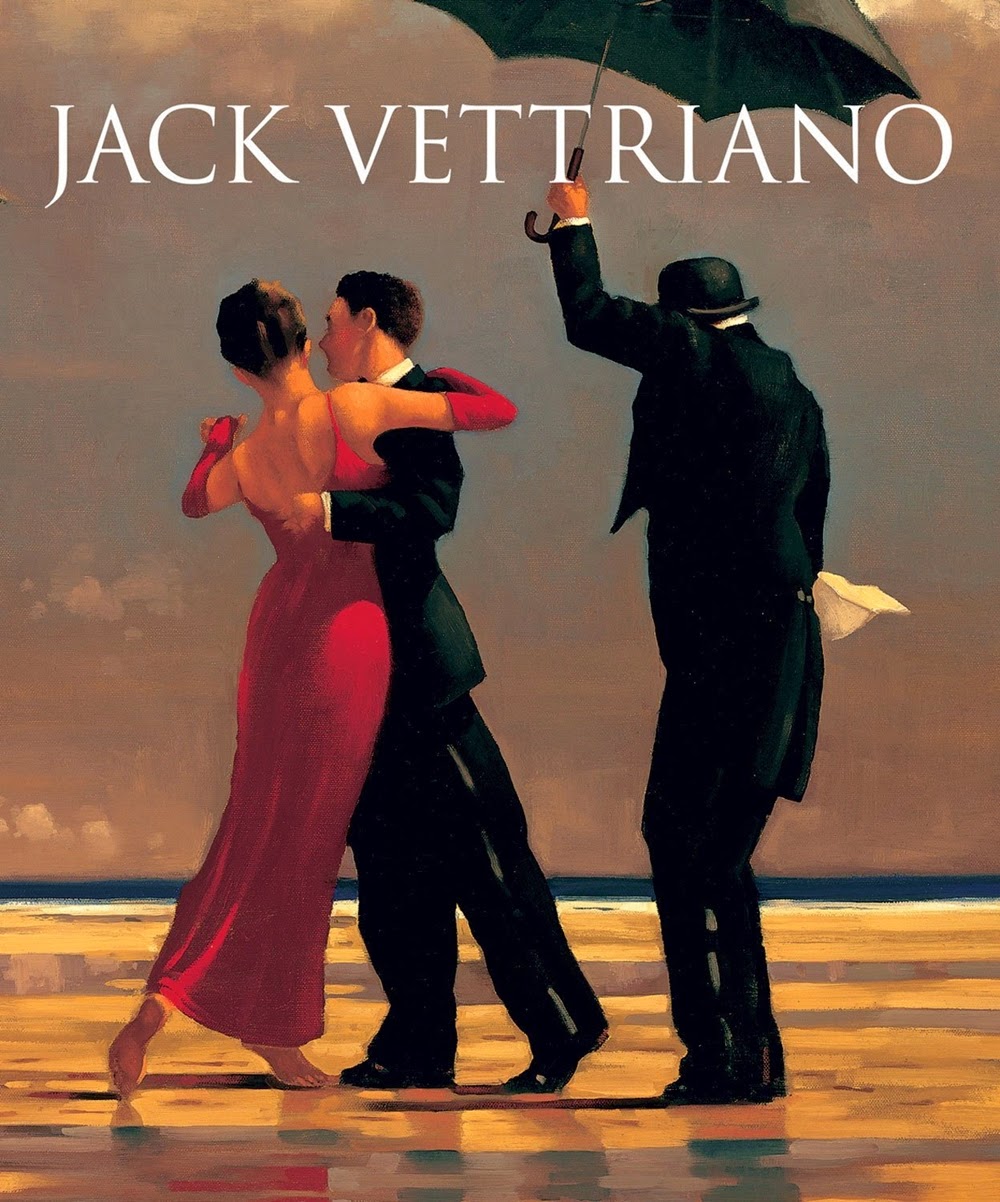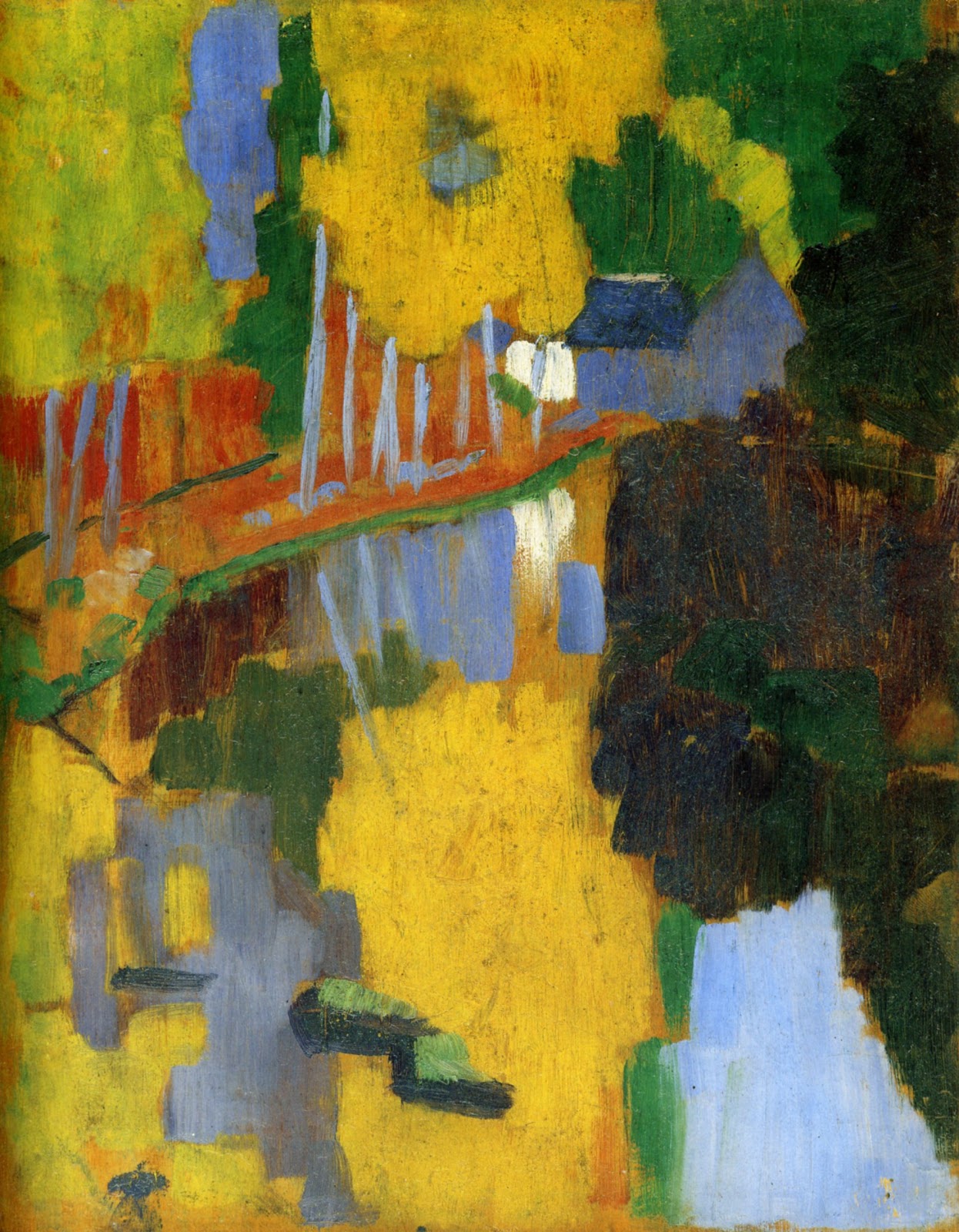Artist: Philip Hermogenes Calderon (British painter, 1833-1898)
Medium: Oil paint on canvas
Dimensions Support: 914 × 679 Mm
Frame: 1205 × 980 × 104 Mm
Collection: Tate
Acquisition: Purchased 1947
The title of this painting suggests that the woman has recently discovered that her lover, whose initials are carved in the fence, has been unfaithful.
Further details, including the discarded necklace and dying flowers, indicate her unhappy situation. The ivy-covered wall may symbolise her previous belief that their love was everlasting.
Disappointed love was a popular theme in Victorian painting, and viewers were expected to unravel the situation from the symbols and expressions of the characters. | © Tate Britain



.jpg)




